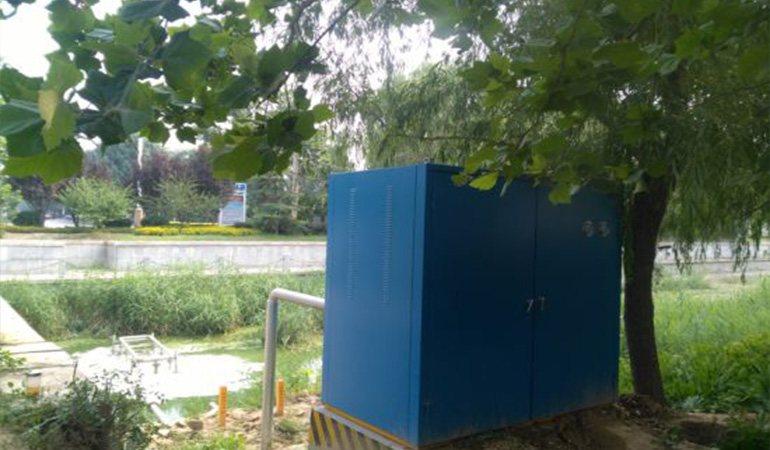Nano Treatment Plants
Nanomaterials are contained in many different products and can be released during their whole life cycle, i.e. via production, use and disposal (see crosscutting article on Nanomaterials in waste) which finally can end up in wastewater. The type of product as well as the type of incorporation of the nanomaterials (e.g. bound or free) influences greatly the released amounts of nanomaterials. Nanomaterials from cosmetics for example end up to a large extent in wastewater while nanomaterials embedded in a polymer matrix, e.g. in a bicycle frame, are hardly released.
With the currently available analysis methods it is very difficult to measure the amounts of engineered nanomaterials present in wastewater under real conditions (see crosscutting article on Detection of nanomaterials in the environment). Therefore computer-based simulation models are used to estimate the amounts of released nanomaterials present in wastewater. These models simulate the life cycle of the nanoproducts and calculate the expected nanomaterial flows into wastewater (see Estimating the occurrence of nanomaterials in the environment). The newest models show that large amounts of nanoparticles, mostly titanium dioxide and zinc oxide, are discharged into wastewater treatment plants

